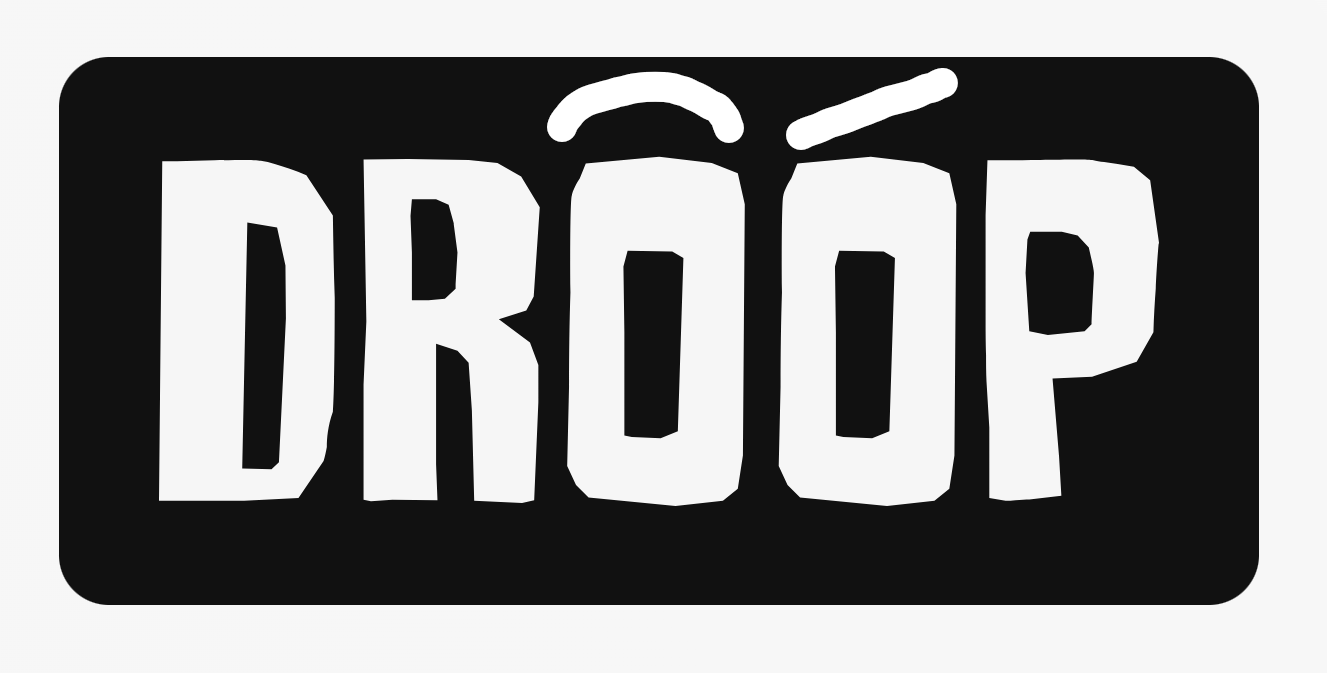When you stand in front of your wardrobe, deciding what to wear, you might not realize that your clothing choices go beyond just fashion preferences. The psychology of dressing delves into the intricate relationship between what you wear and how it affects your mood and behavior. Clothing is more than just fabric draped over your body; it is a powerful form of self-expression and a reflection of your inner emotions. In this article, we will explore the fascinating ways in which clothing impacts your psyche and influences your thoughts, feelings, and actions.
1. The Connection Between Clothing and Self-Esteem
The old adage “Dress for success” holds a profound truth. Numerous studies have shown that the way you dress directly influences your self-esteem and self-perception. When you wear clothing that makes you feel confident and comfortable, you project a positive self-image to the world. This boost in self-esteem can impact your behavior, making you more assertive, outgoing, and proactive in various social and professional settings.
2. The Expressive Power of Clothing
Clothing serves as a nonverbal form of communication, allowing you to convey your personality, values, and emotions without saying a word. Your choice of colors, styles, and accessories can speak volumes about your mood and attitude. For instance, vibrant colors like red may signal energy and passion, while muted tones like blue might indicate a calm and composed demeanor. Understanding the expressive power of clothing can help you curate outfits that align with your intended message and desired impression.
3. Dressing for the Occasion: The Impact on Behavior
The context in which you dress plays a pivotal role in shaping your behavior. When dressing for a job interview, a formal event, or a casual outing with friends, you are likely to adjust your clothing choices to fit the occasion. This phenomenon is known as enclothed cognition, where the symbolic meaning of clothing influences your cognitive processes and behavior. Dressing appropriately for a specific situation can enhance your focus, confidence, and ability to perform optimally.
4. The Influence of Comfort and Fit
The relationship between clothing and mood extends to the physical comfort and fit of your garments. Ill-fitting or uncomfortable clothing can cause feelings of irritability and distraction, affecting your overall mood and productivity. On the other hand, wearing clothing that fits well and feels pleasant against your skin can boost your sense of well-being and promote a positive outlook.
5. Fashion and Identity: The Reinforcement Effect
Clothing plays a crucial role in the construction and reinforcement of your identity. People often gravitate towards clothing styles that align with their perceived self-image or the identity they wish to embody. This phenomenon, known as sartorial identity, reflects the idea that what you wear can shape how you see yourself and how others perceive you.
6. Dressing and Emotional Regulation
Clothing can also play a role in emotional regulation. Studies have found that individuals tend to choose specific colors and styles of clothing to match their emotional states. For instance, during times of stress or sadness, people may opt for darker colors or loose-fitting clothing, while moments of happiness may be associated with brighter colors and form-fitting outfits. This suggests that clothing choices can act as a coping mechanism, helping individuals manage their emotions and find comfort during challenging times.
7. The Halo Effect: Impression and Perception
The psychology of dressing is also closely linked to the halo effect, a cognitive bias where positive impressions of a person in one area influence perceptions in other areas. When you dress well and project confidence, others are more likely to perceive you as competent, trustworthy, and likable. This can have significant implications in various aspects of life, including personal relationships and professional opportunities.
8. The Role of Fashion as a Mood Booster
Fashion has the power to lift your spirits and act as a mood booster. Wearing clothing that you love and that makes you feel good can trigger the release of endorphins, the “feel-good” hormones, leading to a sense of happiness and contentment. Investing time and effort into your appearance can contribute to a positive mindset and improved emotional well-being.
Conclusion
The psychology of dressing demonstrates that clothing goes beyond its practical function and extends to influence your mood, behavior, and perception of self. From boosting self-esteem to conveying emotions and shaping behavior, the impact of clothing choices on the human psyche is profound.

As you stand in front of your wardrobe each day, remember that the clothes you choose not only reflect your style but also shape your mindset. Embrace the expressive power of clothing, dress for the occasion, and prioritize comfort to enhance your mood and overall well-being.
Understanding the psychological significance of clothing empowers you to make intentional fashion choices that align with your desired mood and behavior. Whether you’re dressing up for a special event or seeking comfort on a challenging day, your clothing decisions play a vital role in how you navigate the world and the impressions you leave on others. So, dress with purpose, embrace your sartorial identity, and let the psychology of dressing become a tool for self-expression, empowerment, and emotional well-being.
And with that being said, this is the end of this article. And If you want, you can design your own t-shirt according to your mood and style with the latest droop designer.

